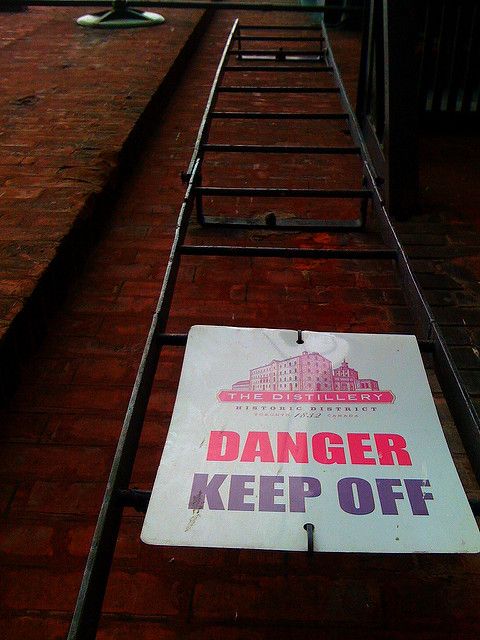Public participation: databases and resources
Here is a list of resources, repositories and models that can help to design, conduct and evaluate effective public participation in spatial planning. The list is meant to grow and be crowdsourced, so please leave a reply or send an email to
Databases
The ParticipateDB database is the global Yellow Pages directory of web-based participation platforms and resources (except you don’t have to pay to be on it). I start with this resource as it is by far the most comprehensive resource I have ever come across. It is crowdsourced, so do contact them to share new e-participation projects with them. The database can be queried in different ways. Comprehensive and up-to-date.
The Bee Smart City database is equally worth a visit. It lists smart city solutions across the world, many of them participatory and very local. It is free, and crowdsourced, so add your own project on the database if it is not already there.
Participedia.net features case studies in community development, local governance and public participation from across the globe. Some of the content is a bit outdated, but has valuable resources.
Resources and repositories
The Citizen's Handbook. Born in 1995, the Handbook provides a wide range of resources, tools and advice about how to conduct effective public participation and community development.
CommunityPlanning.net provides an extensive repository about community planning at large: methods, principles, case studies, toolbox, etc. It is largely UK-based, and geared toward practice more than formal academic research. Check out its extensive though very mixed international list of websites for citizen engagement and community initiatives from the local to the national level by communityplanning.net.
The Cooperative City Magazine is a repository of various collaborative urban initiatives.
The Deliberative Democracy consortium is “an alliance of leading organizations and scholars working in the field of public engagement, participation, and deliberation” that is US-based. It hosts the Journal of Public Deliberation together with IAP2.
The International Association for Public Participation (IAP2) is famous for its Spectrum that can broadly guide the design and conduct of public participation. The website hosts some resources, and you can join professional training workshops in community engagement in North America, Europe and Australia by becoming in member. Check out also the Journal of Public Deliberation as well for topical articles.
Project for Public Spaces has some resources and case studies on the theme of participatory urban design and planning for people-friendly public space. See all their projects here.
The Californian Institute for Local Government has a handful of resources to support local government in conducting effective public participation with various technologies.
Blogs of online community engagement companies and organisations
Among many others, the following online community engagement companies have blogs that are good sources of project and research summaries: Future Dialog (Finland), Citizen Lab (Belgium), Bang the Table (USA and international), Social Pinpoint (Australia & USA), MetroQuest (USA), Cap Collectif (France).
Engage 2 Act is a collective that brings together citizens, community engagement professionals, students, community leaders, government officials and other individuals interested in community engagement issues. Based in Australia.
mySociety runs a blog providing insight about their products (e.g. FixMyStreet, TheyWorkForYou). Check out also their topical and timely research reports and data that measures the impact of Civic Tech. Reports include: Civic Tech Cities (2017), Who Benefits from Civic Technology (2015), among others.

Public participation: a game of snakes and ladders??? Picture credit: Duncan's Snakes and Ladders, by Marasmusine on Flickr, Attribution Creative Commons.
Models of public participation
“Public participation”, “citizen engagement”, “civic engagement”, “public involvement”… so many terms, but do they all mean the same thing? Some definitions and perspectives on community engagement and public participation are still needed even today, as they were some years ago (Rowe & Frewer, 2005). We all know about Arnstein’s ladder of participation: How high should communities really climb? Did you know the world’s tallest ladder is made of wood, has 120 rungs and measures 41 meters long?
International public participation models 1969-2016. Arguably the most comprehensive list of public participation models I have EVER come across! An absolute must-read for anyone with an interest in public participation. Kindly shared by Salley Hussey from the online community engagement company Bang the Table - Engagement HQ. Highly valuable for researchers and practitioners alike.
What is community engagement? By the platform provider Bang the Table - Engagement HQ. Check out the rest of their blog for plenty of news on community engagement and public participation.

Picture credit: Ladder, by Mark Giles on Flickr, Non-Commercial Attribution No Derivs Creative Commons
Research
Special issues & conference proceedings about public participation
Special issue: Citizens in City Regions in different contexts, in Journal of Urban Affairs
Special issue: Voluntary Geographic Information and the City in Urban Planning [open access]
Conference proceedings about public participation
Urban Living Labs for public space: a new generation of planning? Proceedings of the Incubators Conference at KU Leuven, 10-11 April 2017.
International Conference on Participatory Governance of Built Cultural Heritage 3-4 October 2018, Amersfoort, Netherlands. (Proceedings to come?).
DG.O 2018: 19th International Conference on Digital Government Research, “Governance in the Data Age” 30 May-1 June 2018, Delft University of Technology, Netherlands. Participatory governance, public engagement, and open data are major themes.
TICTeC 2018, 18-19 April 2018, Lisbon. A conference about civic engagement technology, organised by mySociety, the famous organisation that supplies FixMyStreet, TheyWorkforYou, and other platforms that help connect government and citizens.
Public participation journals
The Journal of Public Deliberation, hosted by The International Association for Public Participation (IAP2).
Bibliographies about public participation
A comprehensive community engagement reading list by Graeme Stuart, lecturer at the Family Action Centre at the University of Newcastle, NSW, Australia. The literature approaches three broad themes: 1) community engagement in community development and community building; 2) community engagement in service delivery; and 3) community engagement in planning and decision-making. Relevant for practitioners and researchers alike.
Urban PGIS: PGIS, PPGIS, Participatory Mapping in the Urban Context utilising Local Spatial Knowledge. An extensive bibliography by participatory mapping expert Michael K. McCall (2015).
Community-university engagement
Not quite public participation, but a way of increasing the impact of research. Here are some resources for effective public engagement between universities and communities.
The National Co-ordinating Centre for Public Engagement is the leading institution in the UK that encourages universities to share and research with communities.
The Living Knowledge Network. The international network for science shops and community-based research.
Journal of Community Engagement and Higher Education.
Journal of Higher Education Outreach and Engagement

Picture credit: Snakes and Ladders, by eltpics on Flickr. Attribution Creative Commons.
When you subscribe to the blog, we will send you an e-mail when there are new updates on the site so you wouldn't miss them.


Comments 2
[…] Public participation databases and resources, by Ian Babelon (320 views) […]
[…] government, individuals, academics, practitioners…. Cartoons, just like participatory games, citizen participation and placemaking techniques (among others) can all support systemic change. Humour and creativity […]